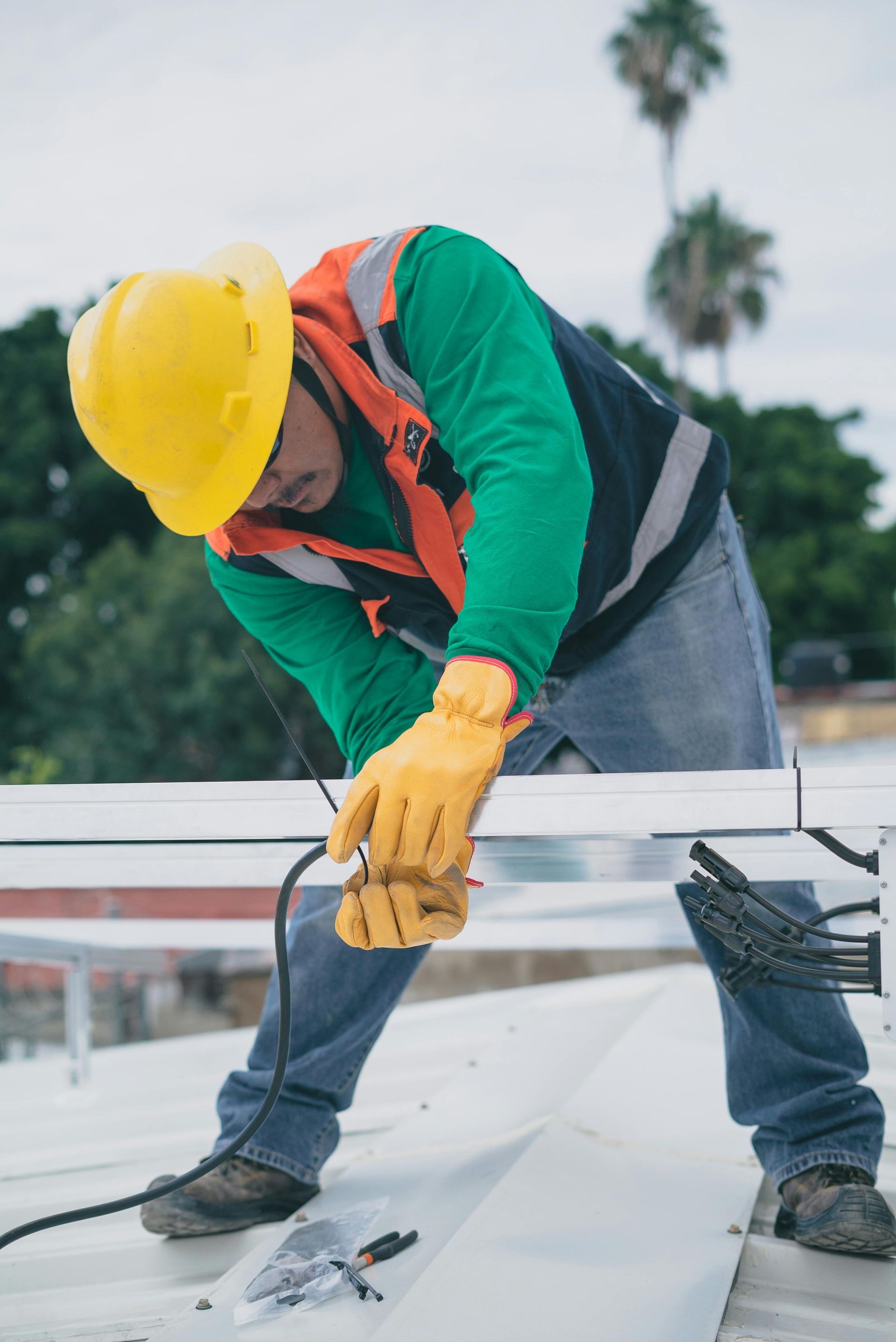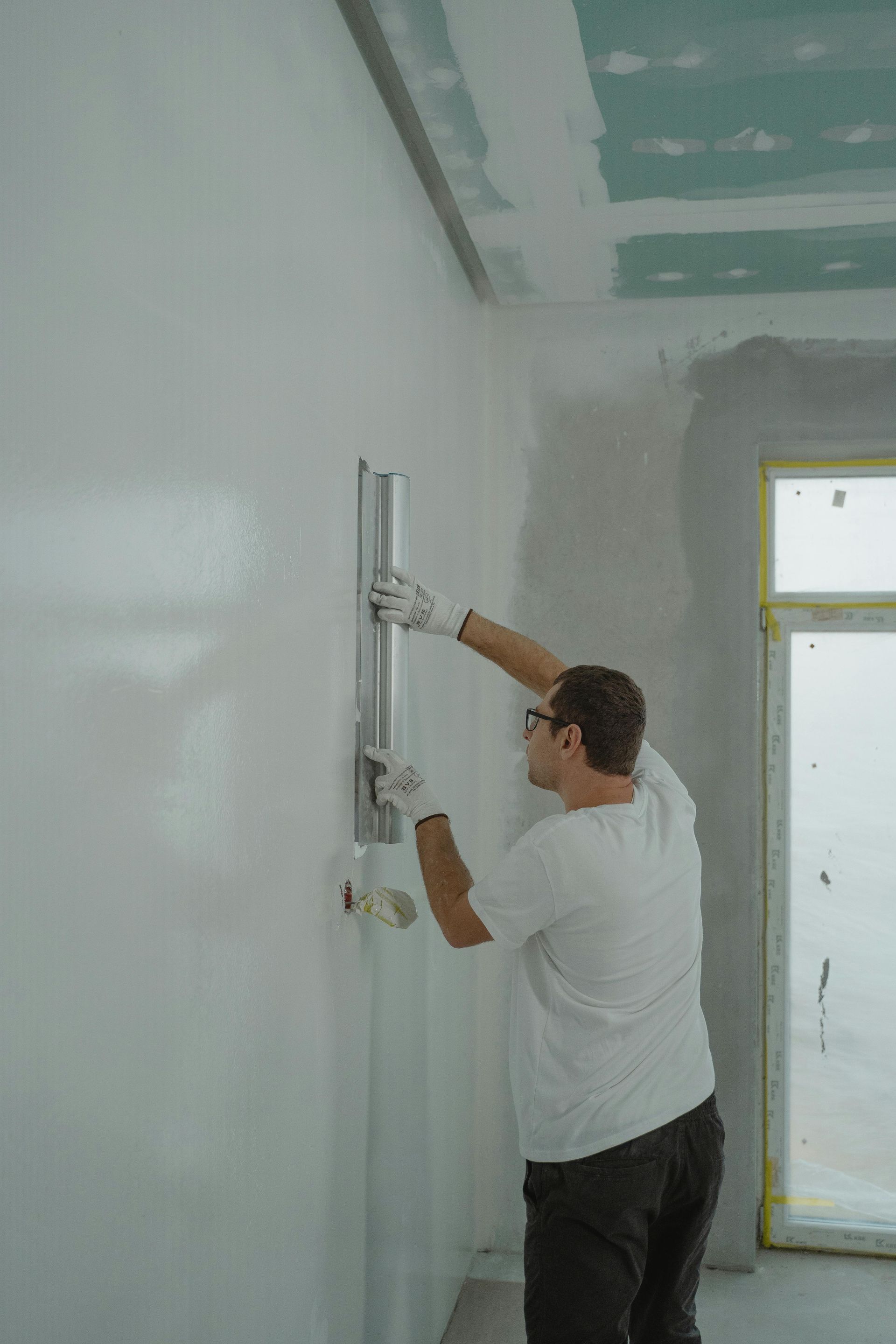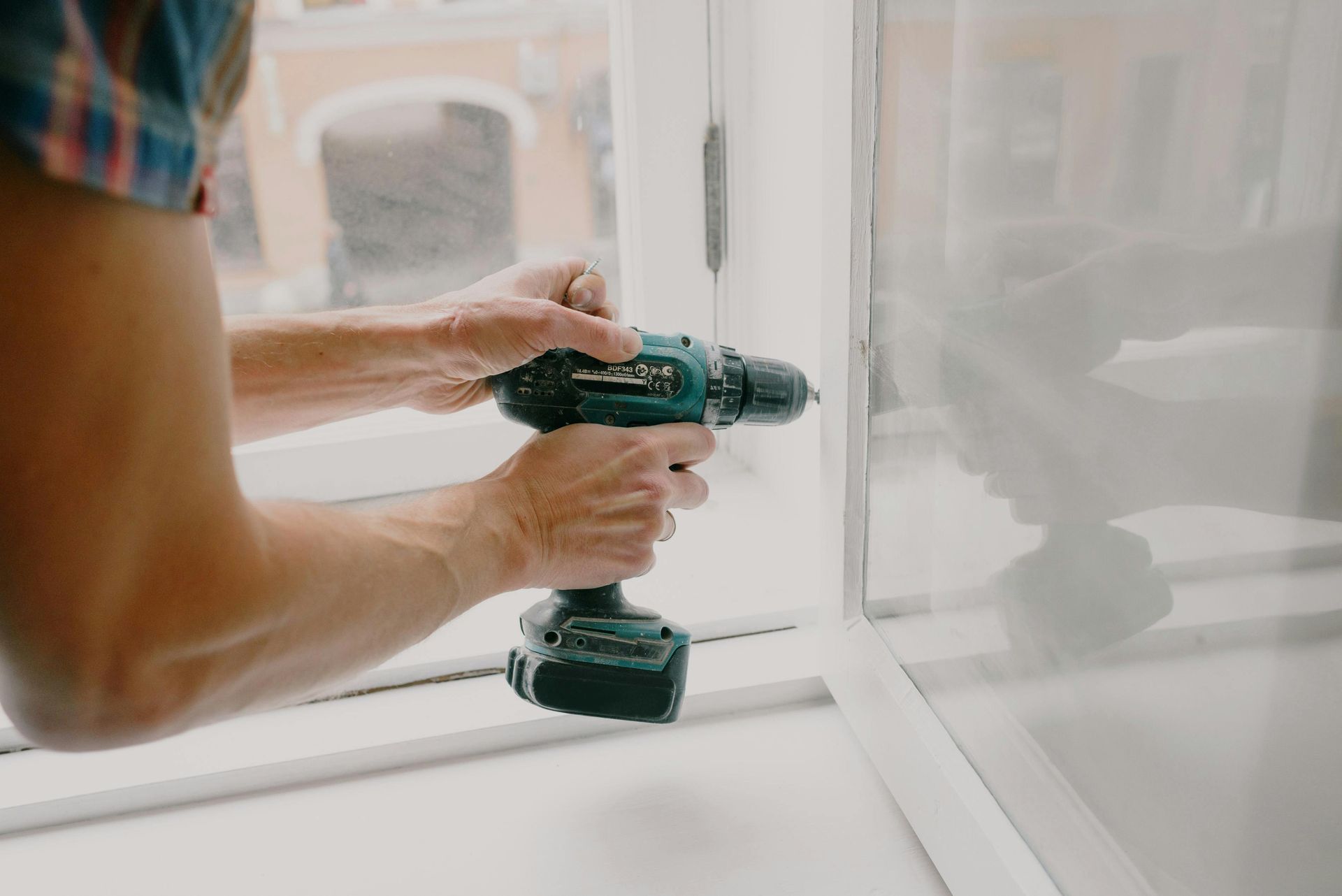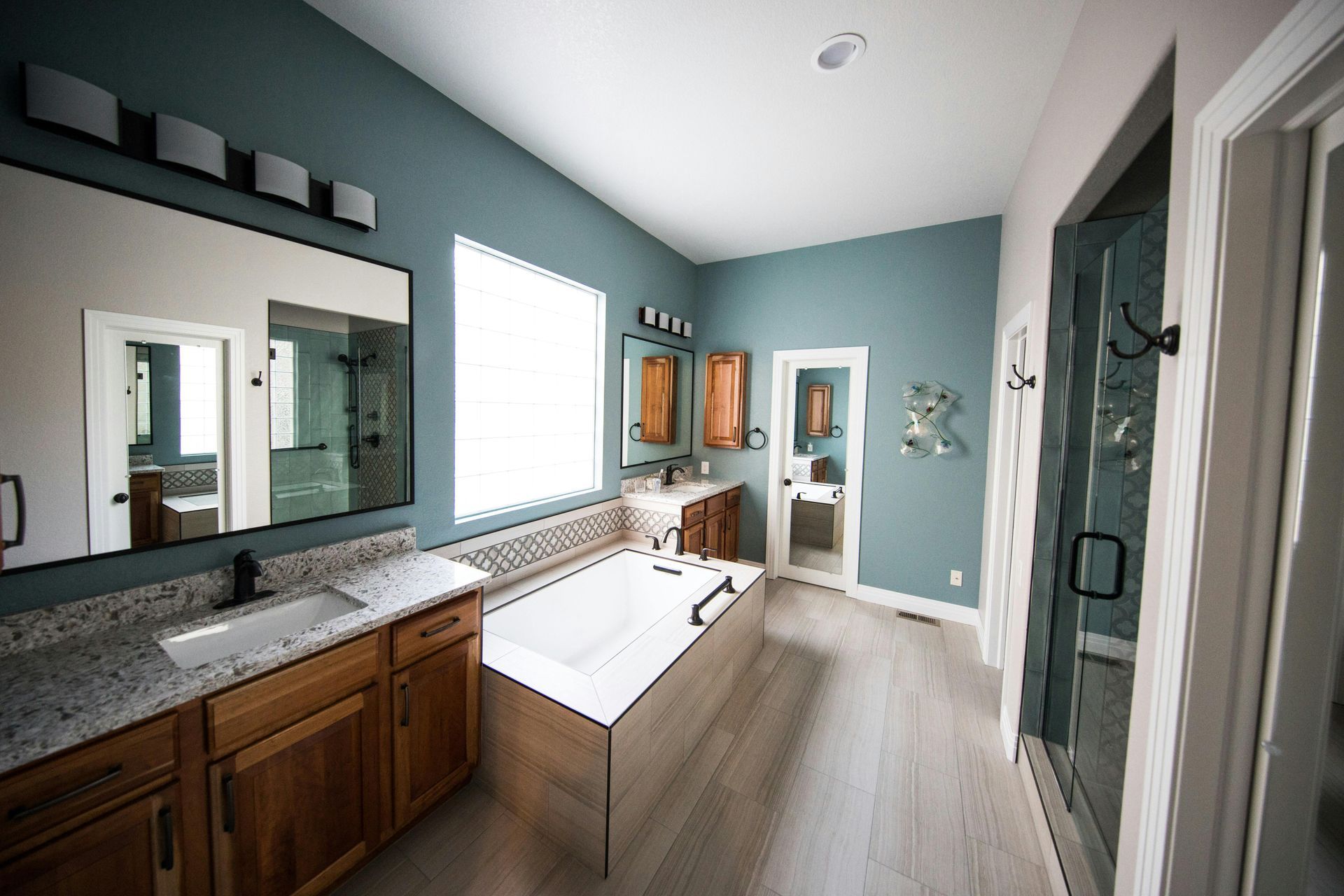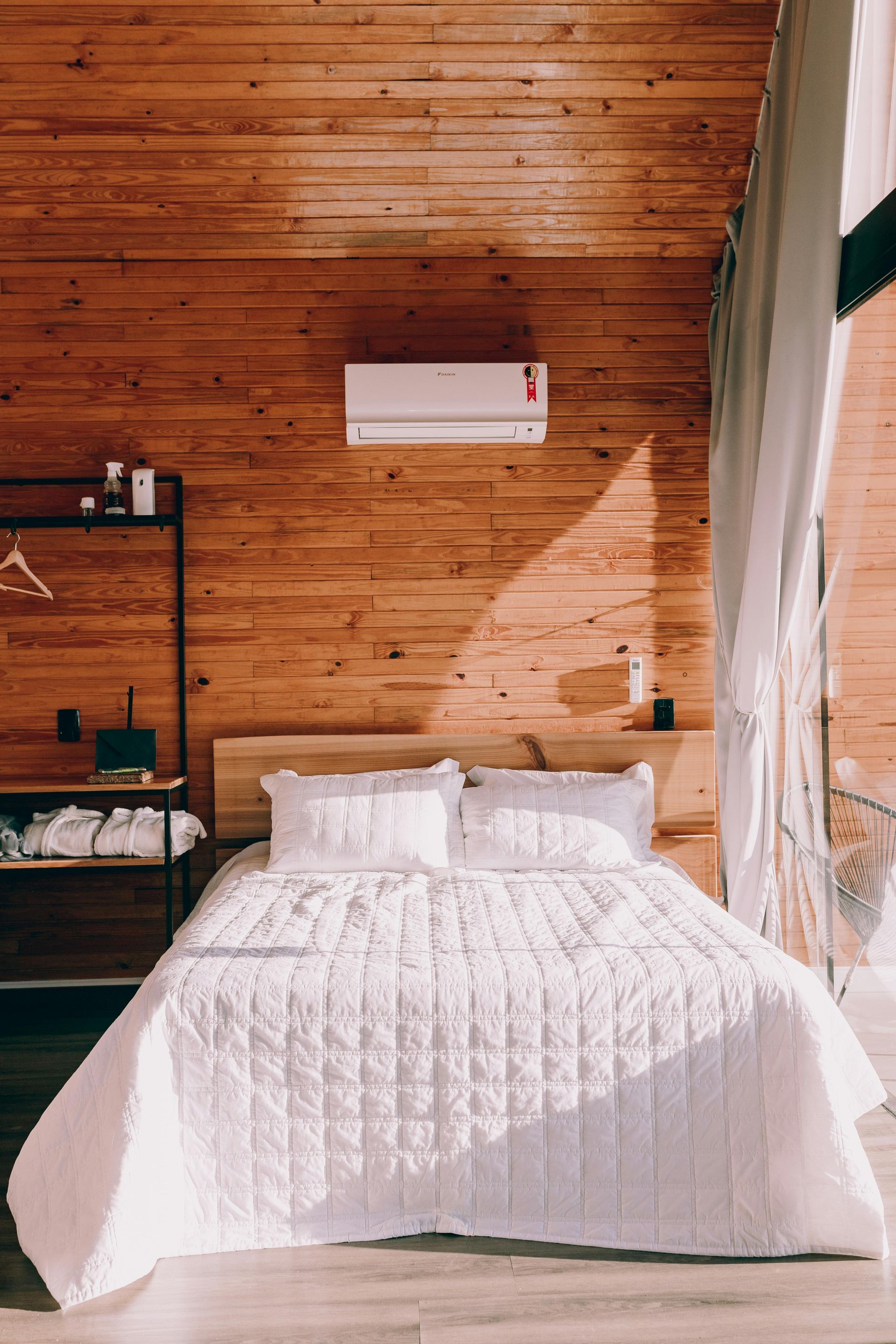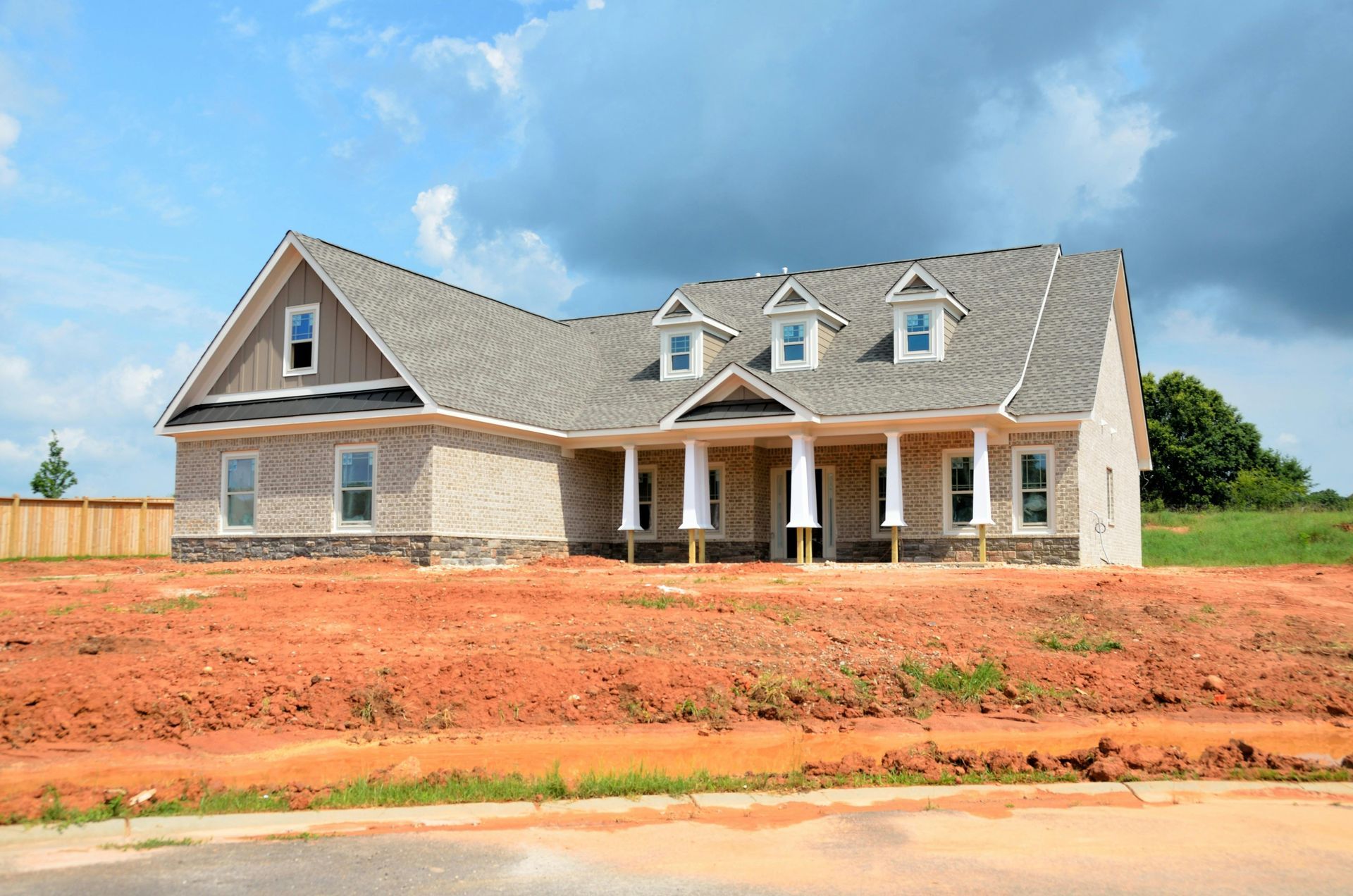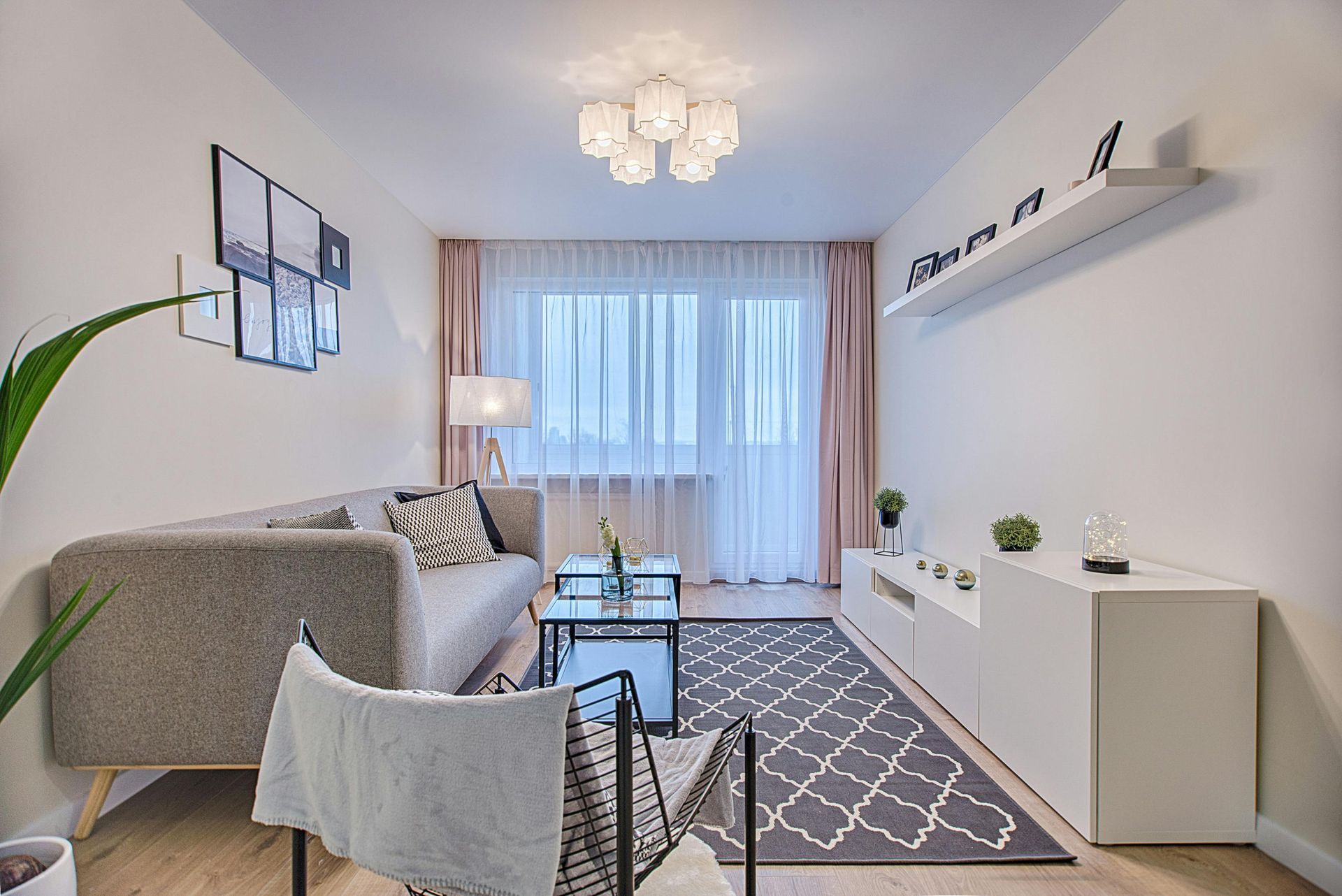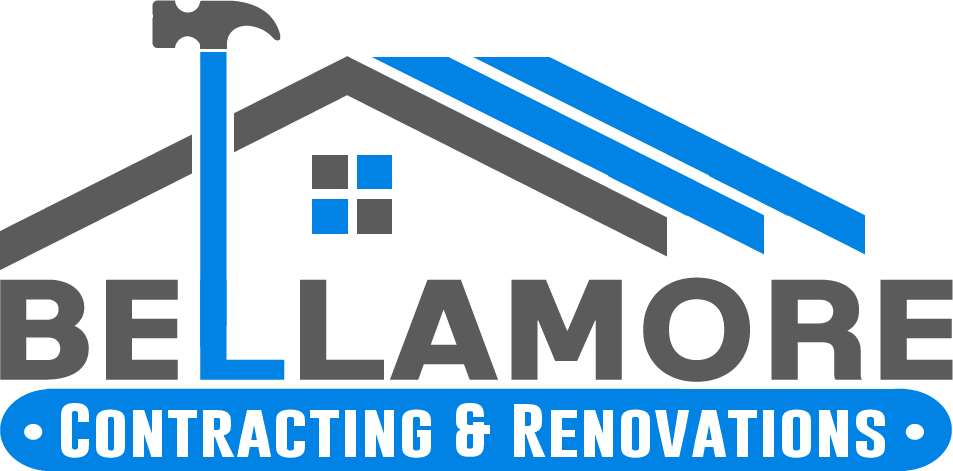Licensed (#RBC-21-01654) & Insured
Local References Available Upon Request
Licensed (#RBC-21-01654) & Insured | Local References Available Upon Request
Creative Playroom Design for Fun Learning and Growth
A well-designed playroom is more than just a place for toys; it’s an environment that fosters creativity, encourages active play, and provides a safe and organized space for children to explore. Whether you have toddlers or school-age kids, creating a playroom tailored to their needs can transform how they engage with their surroundings. Thoughtful design, smart storage solutions, and interactive elements help make a playroom both functional and enjoyable.
Choosing the Right Space for a Playroom
The ideal playroom is a space where children feel free to express themselves and engage in imaginative activities. Selecting the right location in your home is the first step. A spare bedroom, basement, or an unused section of the living room can all serve as the foundation for a dynamic play space. It’s important to consider factors such as natural lighting, ventilation, and accessibility. A room with large windows allows for an abundance of sunlight, making the space feel more open and inviting.
The size of the playroom should reflect the needs of your child and their activities. Younger children may benefit from an open-concept space with minimal furniture, while older children may require designated sections for reading, crafts, and games. Regardless of the room size, a well-organized layout helps maximize the space and allows for future modifications as your child grows.
Designing a Safe and Functional Layout
Safety is a top priority when designing a playroom. The flooring should be soft and cushioned to prevent injuries during active play. Options like foam mats, plush rugs, and rubber tiles create a comfortable surface while adding a decorative touch. Ensuring that furniture has rounded edges and is anchored to the wall prevents accidents.
A well-structured playroom includes dedicated zones for different activities. Creating separate areas for arts and crafts, reading, and physical play helps keep the space organized and encourages children to transition smoothly between activities. Incorporating child-sized furniture, such as small tables and chairs, makes it easier for kids to access materials and engage with their space independently.
Storage Solutions for a Clutter-Free Playroom
Keeping a playroom tidy requires strategic storage solutions. Built-in shelves, labeled bins, and cubbies help store toys, books, and art supplies in an organized manner. Open storage systems make it easier for children to find what they need while also making cleanup more manageable.
Hidden storage options, such as ottomans with built-in compartments or benches with pull-out drawers, provide additional space without making the room feel crowded. Rotating toys every few months also keeps the space fresh and prevents clutter from accumulating. By organizing items in an accessible way, children develop a sense of responsibility for keeping their space clean.
Incorporating Interactive and Educational Elements
A playroom should inspire learning as much as it encourages play. Interactive features such as chalkboard walls, whiteboard surfaces, and magnetic boards allow children to explore their creativity while engaging in educational activities. Reading nooks with cozy seating and an assortment of books create a space where children can develop a love for storytelling.
Sensory play areas introduce textures and tactile elements that help with cognitive development. Features like kinetic sand stations, textured rugs, and building blocks stimulate a child’s senses and improve motor skills. A dedicated space for arts and crafts encourages self-expression and problem-solving skills.
Color and Theme Ideas for a Fun Atmosphere
The color scheme of a playroom can significantly impact a child’s mood and energy levels. Bright colors such as yellow, blue, and green create a lively and stimulating environment, while softer tones like pastels promote a calm and inviting atmosphere. Choosing a theme that aligns with a child’s interests makes the space feel personal and engaging.
Themed playrooms can be designed around interests such as outer space, nature, castles, or superheroes. Wall decals, murals, and removable wallpaper provide an easy way to customize the space without committing to permanent design elements. Adding decorative elements like string lights, playful rugs, and framed artwork gives the playroom a polished and cohesive look.
Incorporating Climbing and Physical Play Features
For children who love to move, integrating active play elements helps release energy while developing coordination and strength. Small climbing walls, balance beams, and soft play structures encourage physical activity indoors. Play structures designed for indoor use, such as mini slides or tunnels, make the playroom a fun and dynamic space.
A swing or hanging chair adds an element of relaxation while promoting balance and sensory development. Trampoline sections, interactive play rugs, and obstacle courses encourage movement and keep children engaged. A dedicated playroom with physical activity features is particularly beneficial during colder months when outdoor play is limited.
Technology and Smart Features for a Modern Playroom
Smart technology can enhance the playroom experience by incorporating features such as interactive lighting, sound systems, and digital learning tools. Adjustable lighting with dimmable or color-changing options allows for different moods, whether for playtime, storytelling, or relaxation.
Built-in speakers provide a fun way to play music, listen to audiobooks, or set the atmosphere for themed playtime. Tablets or screens with age-appropriate educational apps can be integrated into the space without becoming the main focus. Ensuring that screen time is balanced with hands-on activities helps create a well-rounded playroom.
Designing a Playroom That Grows with Your Child
Children’s interests and needs evolve over time, so designing a flexible playroom allows for long-term use. Adjustable furniture, modular storage, and neutral design elements ensure that the space can transition from a toddler’s play area to a tween’s hangout. Convertible furniture, such as desks that can be expanded or bookshelves that can be reconfigured, provides longevity.
Creating a space that adapts to changing interests means that children will continue to enjoy their playroom as they grow. A playroom designed for long-term use eliminates the need for frequent updates and renovations.
Creating a Space Where Kids Can Learn, Play, and Thrive
A well-designed playroom is more than just a space for toys—it’s an environment that encourages creativity, learning, and movement. With the right layout, thoughtful storage solutions, and engaging design elements, a playroom becomes a place where children can express themselves, explore their interests, and develop essential skills.
Investing in a playroom that is safe, functional, and visually appealing ensures that children have a space to call their own. Whether designing a small nook or an expansive play area, the key is to create a balance between fun and organization. By customizing the space to fit your child’s needs, you provide them with a place where they can learn, grow, and create lasting memories.


